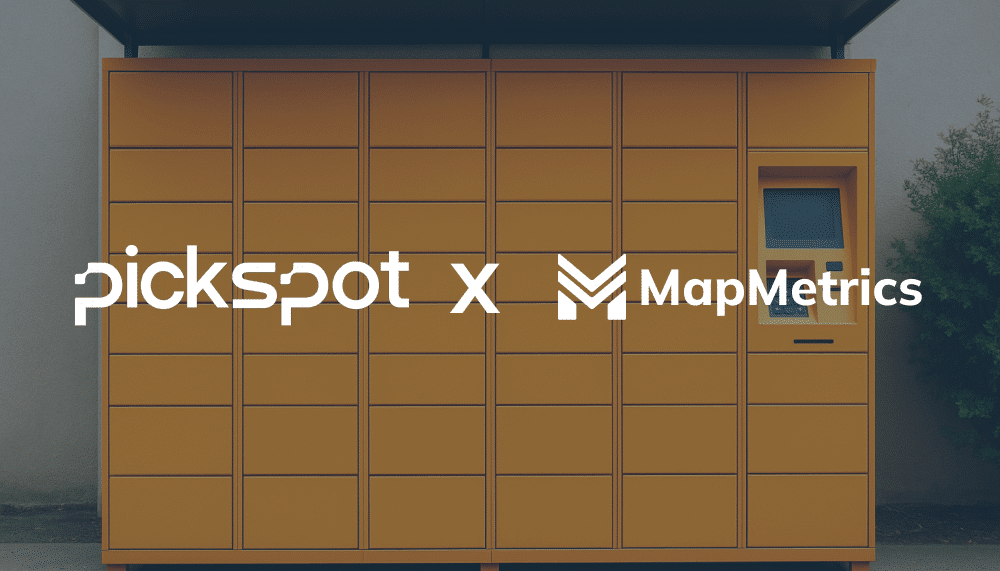
Unlocking Growth with Map Integration for Business: The Power of Flexible APIs
Maps have become more than a way to navigate. Today, they are tools that power decisions, improve operations, and help businesses reach customers faster and smarter. With the right approach to map integration for business, companies can unlock new value from location data, especially when it’s crowdsourced and constantly refreshed.
Why Map Integration for Business Matters
Location is core to many business functions. From delivery and logistics to property management and retail planning, understanding where things happen is just as important as knowing when and why. That’s where map integration for business comes in. By embedding maps into apps, websites, and platforms, companies can visualize trends, track activity, and respond to changes in real time.
But not all maps are created equal. The real power lies in flexibility and customization. Businesses need maps that work for them, not the other way around.
What Makes a Map API Valuable
A map API allows developers to add mapping features to software with minimal effort. The most effective APIs go further, offering tools that are easy to integrate, simple to personalize, and built for performance.
When using flexible and customizable APIs, businesses can:
- Tailor the look and feel of maps to match their brand
- Filter and display only the data that matters to their goals
- Add or remove features depending on use case
- Build dynamic interactions with their users and systems
This makes map integration for business an agile solution, suitable for logistics providers, mobility apps, real estate platforms, and beyond.
The Role of Crowdsourced Map Data
While traditional map services rely on static updates and third-party providers, newer models use real-world input from users to keep data fresh. This is known as crowdsourced mapping. With this approach, every interaction, every route taken, turn made, or point visited adds more intelligence to the map.
Crowdsourced data gives businesses access to:
- Real-time traffic and congestion patterns
- Popular routes and behavioral trends
- Emerging areas of interest that are not yet on standard maps
This level of detail can’t be found in legacy mapping systems. It brings a competitive edge, especially in urban mobility, fleet operations, or retail site planning. When businesses embrace map integration for business powered by user-generated data, they move closer to real-world accuracy.
Flexibility Drives Innovation
Modern map APIs are not one-size-fits-all. They are designed to serve different industries and adapt to specific challenges. A logistics company might use maps to monitor vehicle routes and optimize drop-offs. A smart city platform may visualize pedestrian traffic to improve public spaces. Retailers could layer sales performance with location data to better understand customer flow.
The flexibility of today’s map APIs empowers this level of innovation. And since most platforms offer modular features, businesses only use what they need, saving time, resources, and reducing clutter.
Applied Mapping, Powered by People
On platforms like MapAtlas.xyz, businesses can explore tailored map solutions built on crowdsourced data. Without overwhelming users with too much tech, these platforms offer client-focused tools for real-time decision-making. Whether it’s mapping traffic behavior, identifying new hotspots, or tracking fleet performance, the data is updated constantly by real users on the move.
This type of map integration for business helps teams operate with precision, relying on maps that reflect real-world conditions rather than outdated info. For industries that depend on speed and accuracy, this shift is vital.
Getting Started with Map APIs
If you’re building or upgrading a digital product, consider how map integration could enhance your value proposition. Think about where maps can help customers engage more easily or where internal teams could benefit from visualizing operations on a live map.
Ask questions like:
- What kind of data do we need from maps?
- How frequently does this data need to be updated?
- Can we build custom features on top of the map interface?
By answering these, you’ll be able to choose a map API that’s right for your business, not just one that’s widely available.
الختام
Map integration for business is no longer optional. It’s a competitive advantage. With flexible APIs and real-time crowdsourced data, businesses can get closer to their customers, operate with more insight, and adapt to change faster than ever before.
Choosing the right mapping solution means thinking beyond pins and routes. It’s about using live, reliable data to fuel smarter decisions. And with the rise of customizable APIs and user-generated input, the future of business mapping looks clearer than ever.


